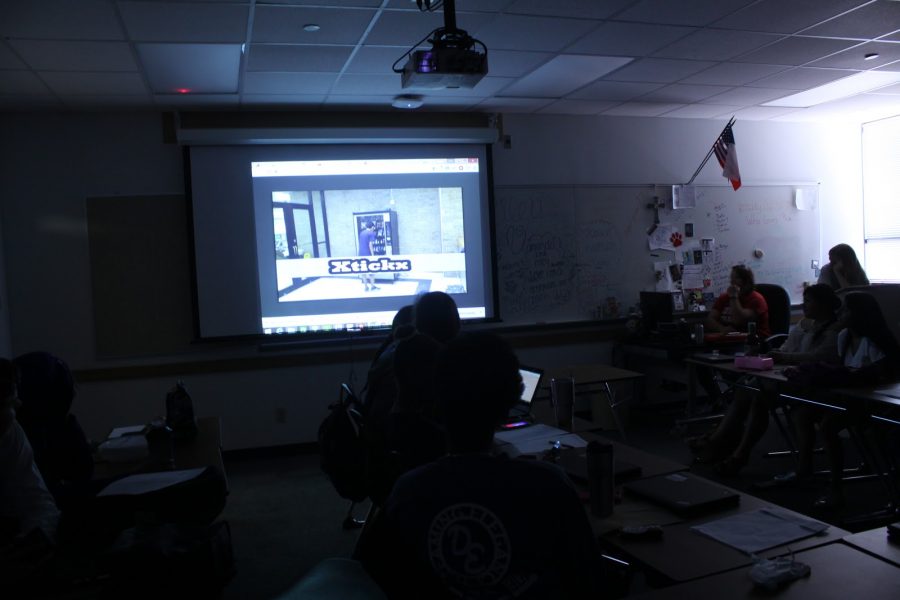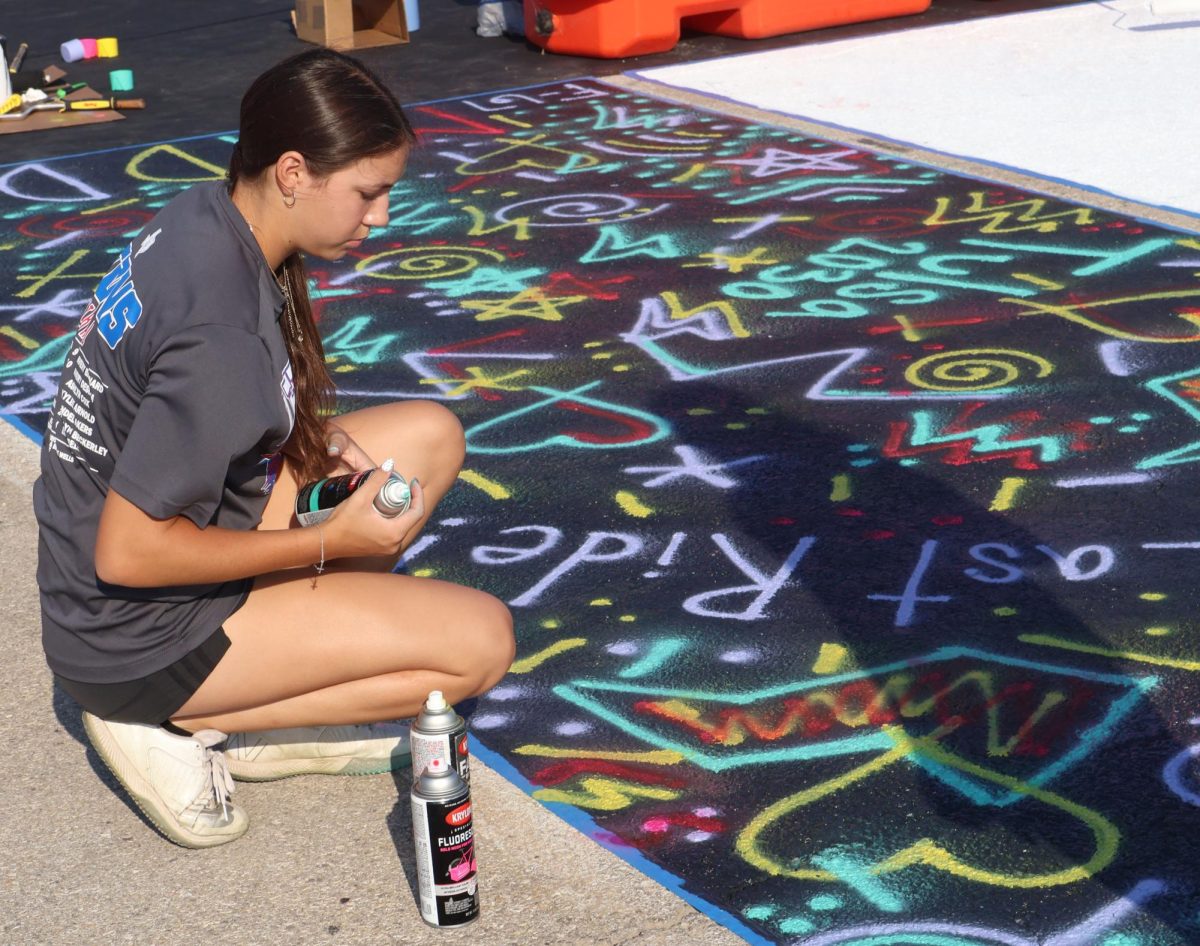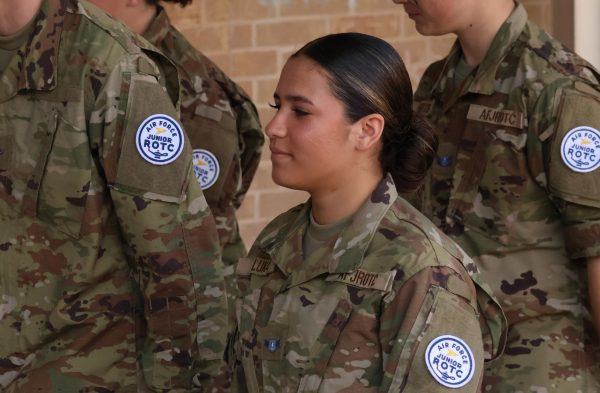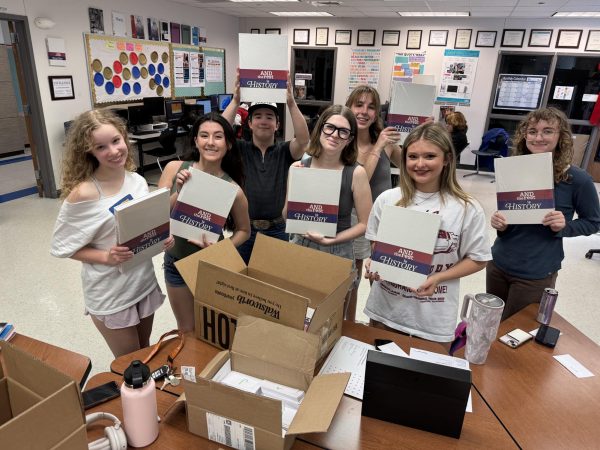LHS Speaks: Watching Movies in Class
Student opinions on cinema in the curriculum
Many teachers incorporate videos and movies into their lesson plans. Professional Communications teacher Gigi Heermans has had her students film commercials recently to learn about persuasive speeches
April 27, 2016
Films in the classroom have long been a controversial topic. Critics of video watching see it as the lazy teacher’s way out, wasting valuable time that could be better spent learning the material that the students would be tested over in a more effective way. Others disagree, saying that motion pictures are an innovative alternative to acquiring information. This has become a topic of debate at our school in the wake of several teachers showing films for either educational purposes, or just to let the students relax.
“I think [movie watching] is okay every now and then because if class everyday was just constant learning then students would lose motivation,” junior Jacob Vaughn said. “I don’t think it should be at random times, but have a set ‘movie day’ as a brain break.”
For many students, preparing for a major exam such as the STARR can be draining emotionally and mentally as they pore over a year’s worth of notes. A substitute for this could possibly be watching the lesson in video form.
“I think that the public school system is flawed and lacking, so adding interesting mediums can help bring more to the bland material.” junior Evan Hays said.
Not every student sees movie viewing as a positive thing, however. Some oppose it, as they would like to spend that time learning in a way that better suits them.
“Nobody ever pays attention and we don’t actually learn anything.” sophomore Ellena Martinez said. “It’s just what a teacher does when they don’t have a lesson planned, and that doesn’t help my day.”
A concern with cinematography in the classroom is that only a very small portion of it may pertain to the actual material. However, the broader message of the movie can also impact the student viewing it.
“I think it depends on the movie being shown,” junior Matthew Kennedy said. “It can be very educational, especially if it ties into the material we’re learning. If it’s detrimental to us and our working environment, I don’t think it should be shown.”
Social media and other methods like it have opened up an entirely new way to attain, access, and give information. Some would say that this has greatly affected the way that our generation learns. Movies and videos have a new way to grab the attention of people growing up in the ‘digital age.’
“A lot of time is ASL, we’ll watch movies on deaf culture, or watch spanish movies that show Mexican culture,” junior Miranda Pizer said. “There’s something about watching people experience something in a realistic situation that is more impactful than reading something off of a powerpoint could ever be.”
Many teachers incorporate relevant, helpful media materials into their lesson plan that further assist students in comprehending the material placed before them. Videos can also be of use to students with learning disabilities, such as dyslexia.
“I think [watching movies in class] can be fun, and not a complete waste of time like some teachers make it out to be,” senior Hunter Jones said. “It can serve a purpose, and most people just disregard that.”








